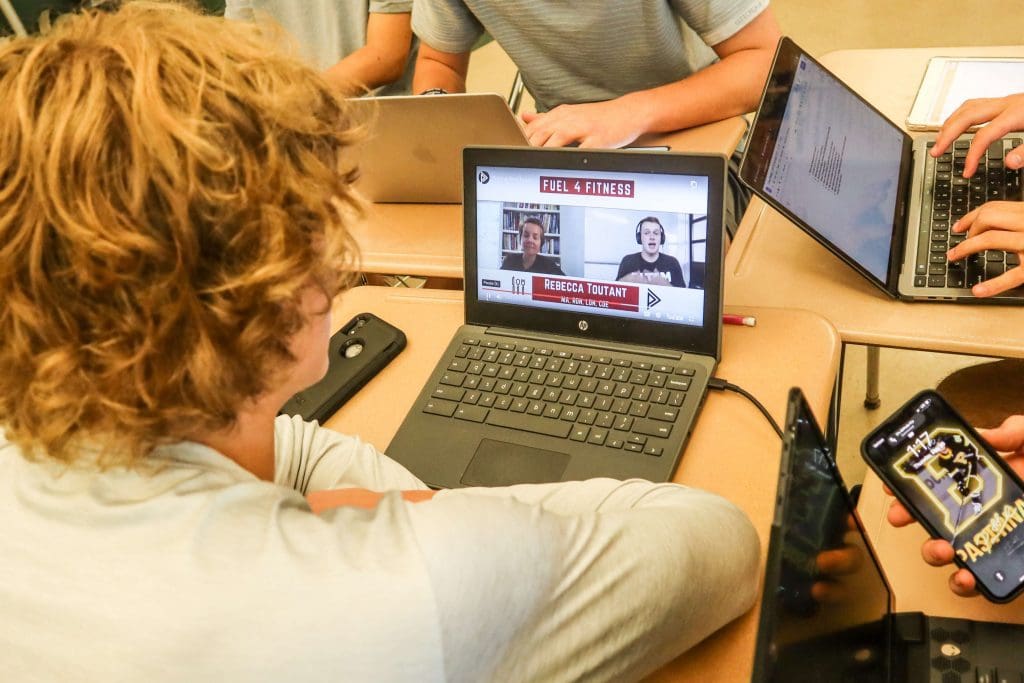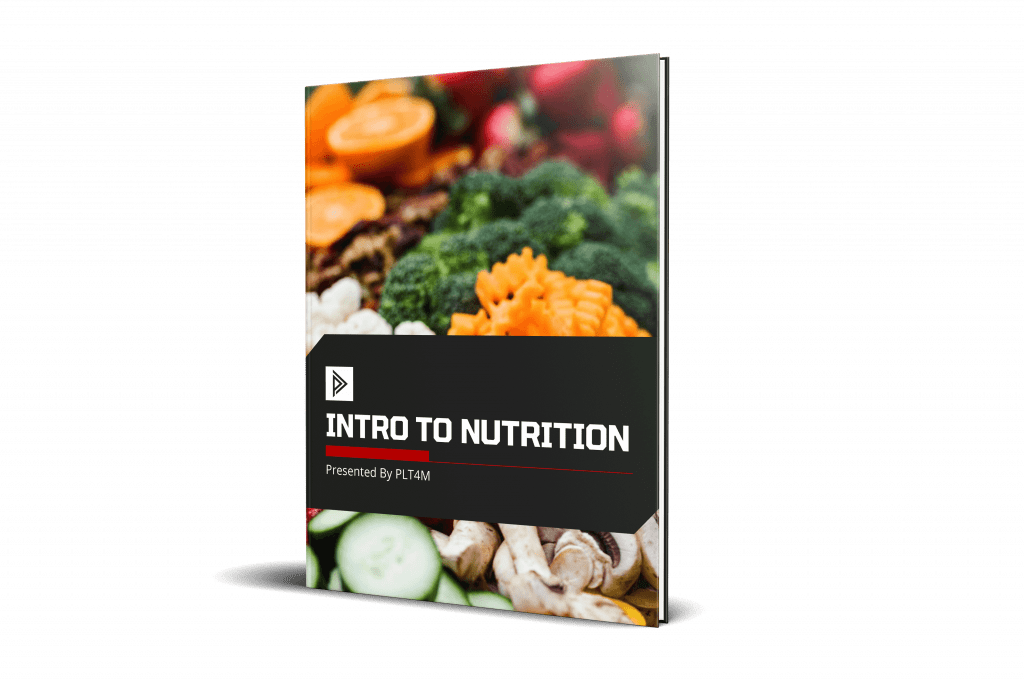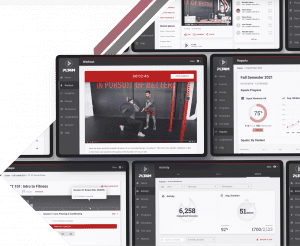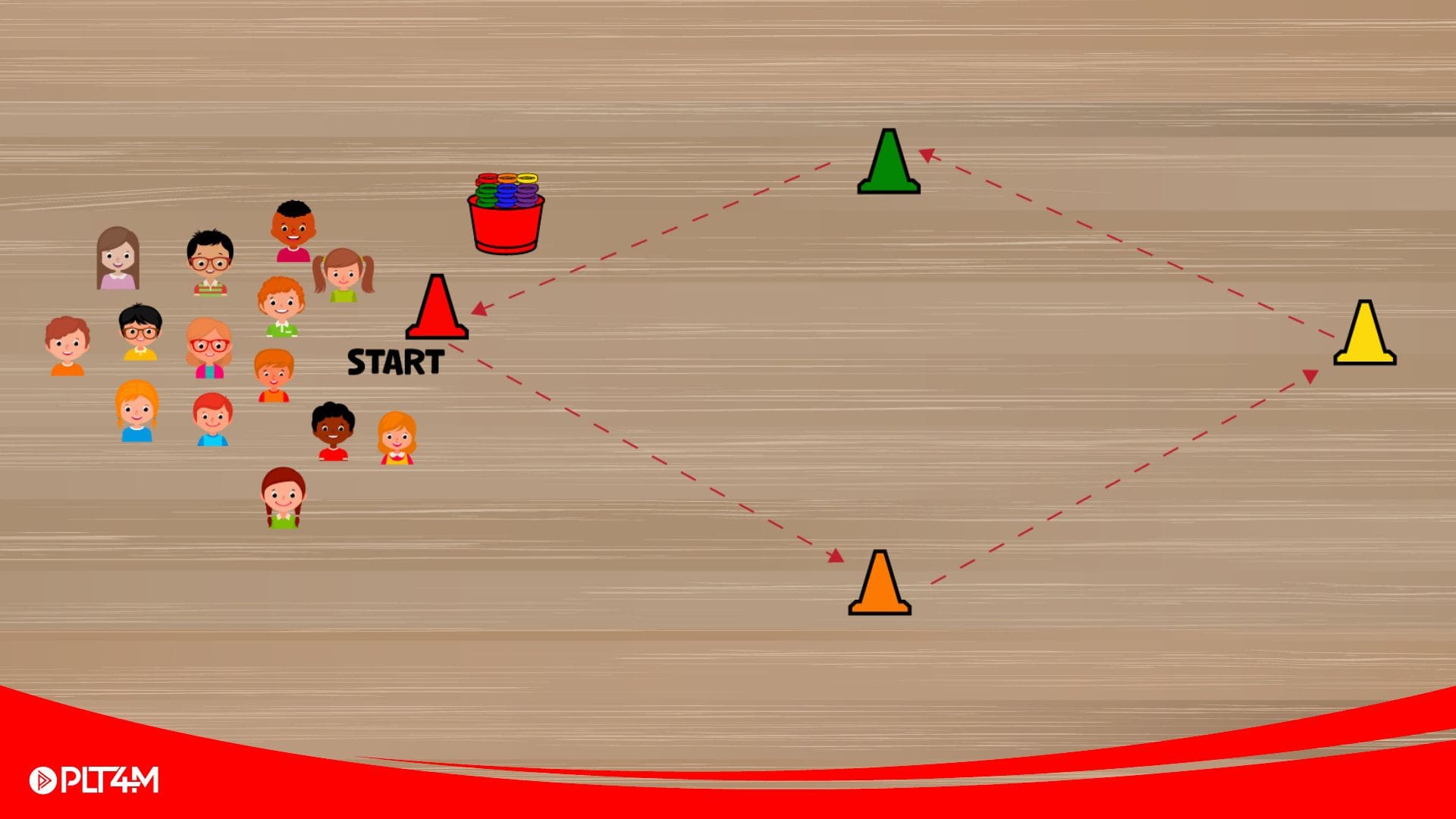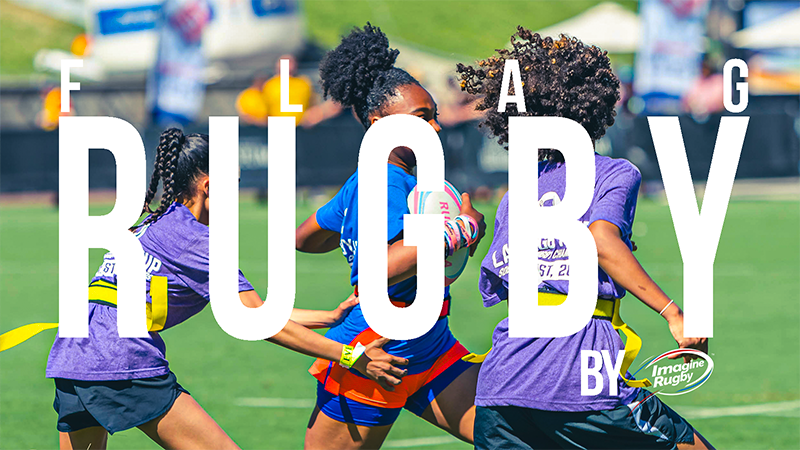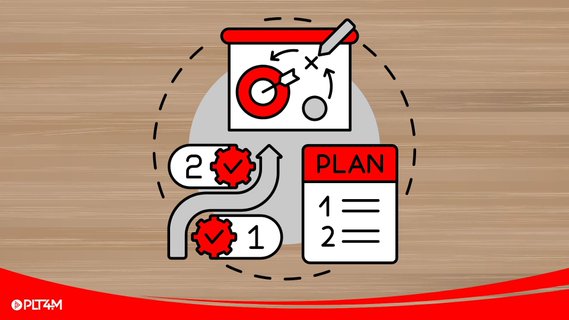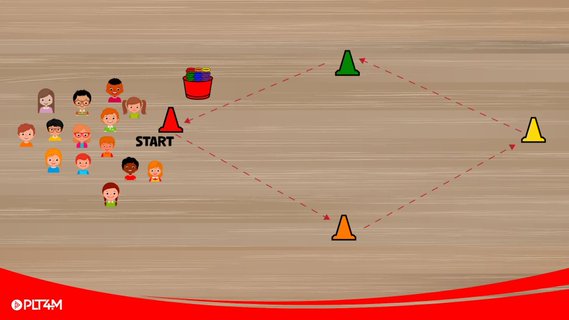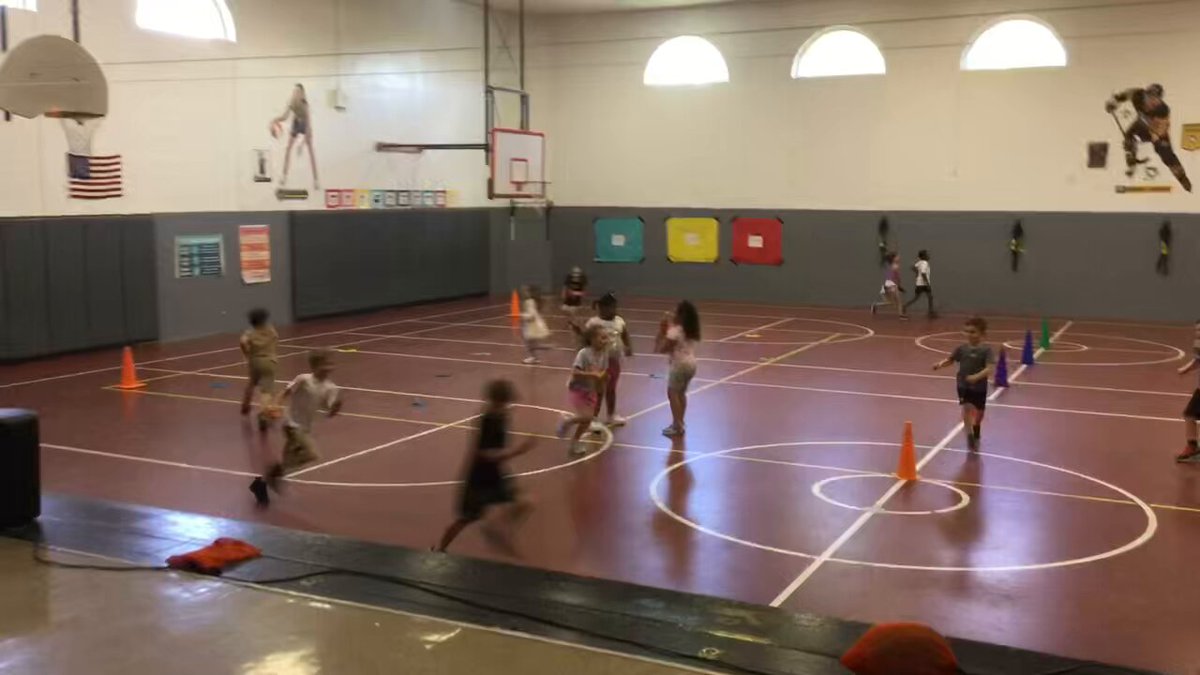Nutrition for high school athletes is complicated! And while we all want an easy answer, student-athlete nutrition is far from simple. Every one of our young athletes comes to us with their own experiences and understanding of nutrition, and we have to help them navigate a complex nutritional world.
As coaches, we can take an educational approach when it comes to nutrition for high school athletes. As a result, we will not only help student-athletes in their immediate pursuit of sports performance but also equip them with lifelong skills for healthy living.
The Challenges Surrounding High School Athlete Nutrition
For the average person in high school, nutrition is challenging. There are a variety of factors that impact nutritional choices for high school age students, and many of them are out of their control.
For example, most students are not actually making their own nutritional decisions. Instead, family, culture, and socioeconomics dictate what food is available at home. And many students eat breakfast and/or lunch at school and must navigate the choices that the school meal programs provide.
And while these factors can make nutrition complicated for anyone, nutrition for high school athletes becomes increasingly challenging when also thinking about athletic performance.
All sorts of questions arise surrounding high school athlete nutrition like:
What type of snack/meal should I eat before a practice or competition to address my energy needs?
What type of snack/meal should I eat after a practice or competition to address muscle repair?
How many hours before a practice or competition should I eat?
How soon after a practice or competition should I eat?
Many of these questions are often asked to a sports coach, who feels far from equipped to answer these nuanced questions for each and every high school athlete.
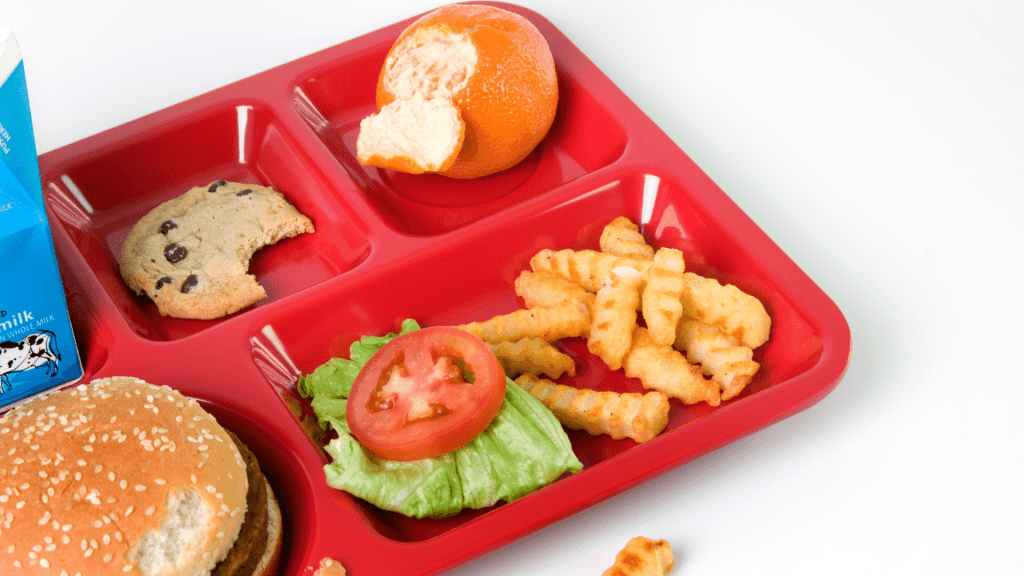
The Age of Social Media and High School Athlete Nutrition
To make matters even more complicated, social media has become a dumping ground for nutrition information and misinformation. Students see “sports nutrition experts” giving tips and tricks on how to get things like a 6-pack or gain 20 pounds of muscle. (See more on social media’s influence on adolescents’ food choice.)
And while this makes taking an educational approach to nutrition for high school athletes harder, it is all the more reason to educate. Past your short-term goals of athletic performance, you want your young athletes to have a healthy relationship with food and their bodies. When you can educate students on the core principles of nutrition, you can start to build up their knowledge to identify nutrition misinformation.
By having a more knowledgeable team and group of athletes, you will not only avoid some of those crazy questions that get asked at practice and team meetings but also help your students have long-term nutritional success.
Student athletes see messages and ads for supplements and diet plans all over social media!
Do you consume 1️⃣ to 2️⃣ servings of fatty fish each week? 🐟 No? Thanks to its extremely high dose EPA and DHA per softgel, the 6d OMEGA-3 is the ideal supplement for athletes who do not eat (enough) fish on a regular basis. #6dSportsNutrition #InspiredByAthletesDrivenByScience pic.twitter.com/ZNAJsUHmqE
— 6d Sports Nutrition (@6Dnutrition) November 21, 2022
Maxler 100% Golden Whey Protein – 26g of Premium Whey Protein Powder per Serving – Pre, Post & Intra Workout – Fast-Absorbing QJORHBThttps://t.co/8D9dY86cUP pic.twitter.com/B7XEuizHXp
— Edison_SporerOls (@sporerols) November 21, 2022
A Coach’s Role In Talking About Nutrition For High School Athletes
Talking about nutrition for high school athletes is often sporadic and disjointed. Coaches handle questions as they come up from athletes about fueling for athletic performance, sports drinks, protein powder, and supplements. But many of the questions come from high school athletes who lack a basic understanding of nutrition.
And while coaches want to answer complicated questions as they come up from athletes, there is an underlying problem that exists within the world of nutrition for high school athletes. The problem is that most young athletes have never been educated on nutrition basics.
As a sports coach, you dedicate hours practicing, game planning, and watching film with your young athletes. But how much time are you dedicating to educating them on nutrition? While most sports coaches don’t look at themselves as sports nutrition experts, they can provide resources from reputable sources to help educate student-athletes on key nutrition concepts. This in turn, will set up a foundation to help answer the more complicated questions and set students up for long-term nutritional success.
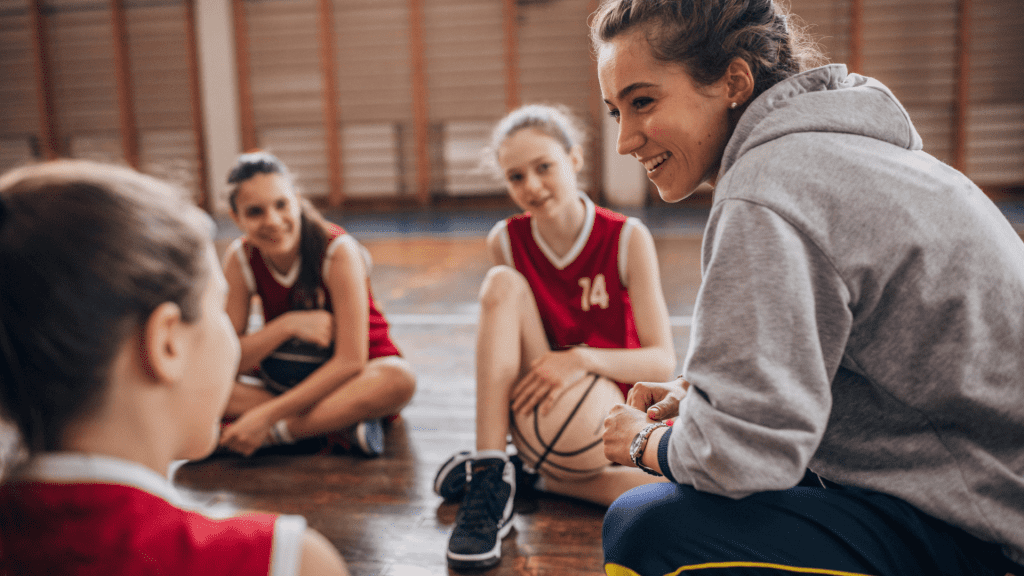
Key Concepts To Cover When Teaching Nutrition For High School Athletes
At PLT4M, we have created a comprehensive nutrition education program for any student. These chapters are the building blocks to introduce key concepts, talk about frequently asked questions, and help students navigate nutrition in their worlds. In our full intro to nutrition program, we break it down by the following chapters:
Fats
Macronutrients
Micronutrients
Breakfast
Lunch
Snacks
Dinner
To get your student-athletes started, we have provided the first 6 chapters of our nutrition lesson plans in this free downloadable PDF. Here, students can read short but insightful articles, watch our team talk about the concepts in helpful videos, and check out valuable graphics and visuals.
Nutrition Ebook Downloadble PDF
This E-book comes fully loaded with written and video lessons covering calories, carbohydrates, proteins, and fats.
And even though these topics might seem like really basic materials, these are the foundational elements of nutrition that will let students start to explore more complex topics around energy needs and sports performance. But just like anything else, good things come from building a strong foundation.
Considerations for Incorporating Nutrition Education
One way to incorporate these materials into a season would be to cover one topic per week. And while you might be thinking you don’t want to give your athletes homework, there are many creative ways to cover this information.
For example, some coaches carve out 15 minutes of practice time. Others substitute the time in during “film hours.” And while you might be hesitant to “give up practice time,” if we can take a team that has a basic understanding of sports nutrition, you might see the long-term benefits at practices and games. A team with a better understanding of nutrition is a team to watch out for!
Bonus Content: Check out Rebecca Toutant explain PLT4M’s approach to nutrition education.
So at PLT4M, it’s about finding the space within the science to be able to help people apply things to their day-to-day lives, and for the years to come. Because with students, it’s not about just what they achieve that day but it’s the relationship with food that they’re developing for the rest of their life.
So we created our programs to be able to provide a foundation of knowledge based on the chemistry of the food. Not good food, bad food, right food, wrong food, or any other fad in between. But really helping people understand when you look at a food, what are you getting? And how do I shift that and apply it for who I am and what I need?
So instead what we’re looking to be able to do is to empower the student with the knowledge, with the information, and the confidence to make the decision that is right for them.
Avoidable Pitfalls With High School Athlete Nutrition
At PLT4M, we take an educational over prescriptive approach for a reason! We know that many coaches and athletes want a quick and easy fix. “Eat this! Don’t eat that!” In turn, we often see many people looking for things like:
High school athlete diet plan
High school athlete meal plan
Teenage athlete diet plan
But a prescriptive approach is nearly impossible when it comes to high school athlete nutrition. While you might be eager to give concrete “Do’s and Don’ts” or tell students exactly how much protein, carbohydrates, and fats they need daily, it just won’t work. When it comes to nutrition for high school athletes, these attempts fail to address the real world we live in.
Every high school athlete will come to the table with individual experiences and environments that cannot be addressed with a one-size-fits-all nutrition approach.
There is so much gray area when it comes to nutrition. Athletes will all have different circumstances that they navigate in and out of school, so rather than giving a prescriptive approach, we can give them the tools to find what works best for them.
Using an old food-related adage is like giving someone a fish or teaching them to fish. When we educate, we are teaching student-athletes to fish. This in turn will help them make long-term health decisions rather than short-term fixes that might work for a few weeks only to fall apart like most diets or strict nutrition plans do.
Key Takeaways On Nutrition For High School Athletes
As high school athletes and families continue to seek out the best competitive advantage, nutrition can help play a key role in sports performance. This means questions will always come up about how to maximize performance.
As a high school sports coach, you already have a lot on your plate! Becoming a sports nutrition expert might not be something you have time for. Rather than avoiding nutrition for high school athletes altogether, consider an educational approach and use reputable resources that are available to you!
Have more questions about nutrition for high school athletes? Reach out to PLT4M!
Ready to Learn More?
Schedule a free 10 minute consultation to see how the PLT4M system can help save you time, and empower student learning!
